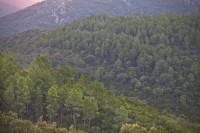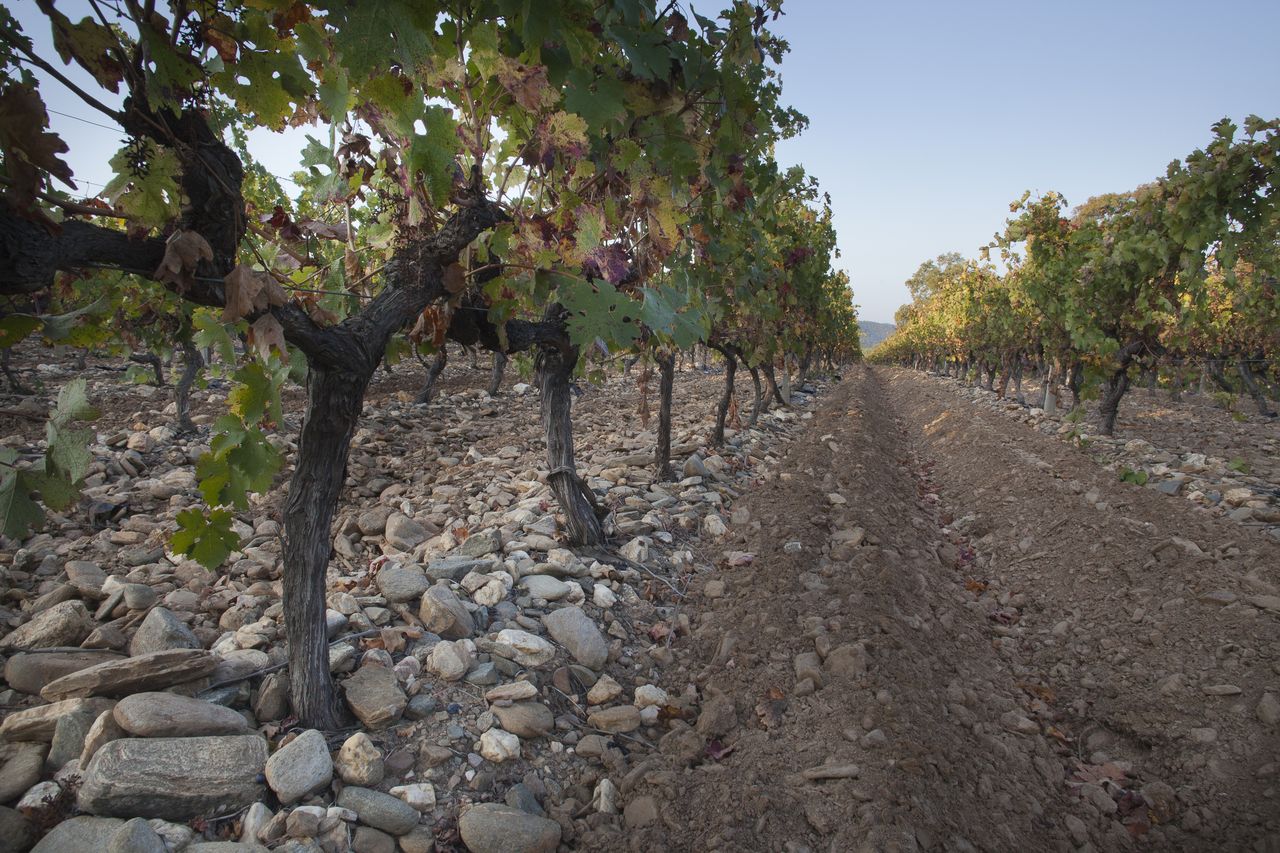Home
HERMANN’S TORTOISE
THREATS
Habitat destruction and degradation
Degradation in the quality of the habitat
Degradation in the quality of the habitat

For the last hundred years or so, the gradual move away from traditional polyculture (cereal, olive, vines), from animal husbandry and from forest-related work (charcoal, cork, timber) has meant
that the open to semi-open habitats suitable for tortoises have gradually evolved to become dense maquis or forest.
Hermann’s tortoises have gradually become excluded from dense vegetation areas and from agricultural areas, the latter having become unsuitable for the species through the mechanisation of
agriculture and the development of a vine monoculture.
Agricultural intensification and mechanisation result in the degradation of habitats suitable for Hermann’s tortoises through the loss of hedges, copses and edges. Larger agricultural plot sizes and the extreme specialisation of agriculture mean that agricultural land is becoming increasingly unsuitable for the species. This process is associated with a loss of suitable habitat, but it also places a serious limitation on any possible exchange between sub-populations.

